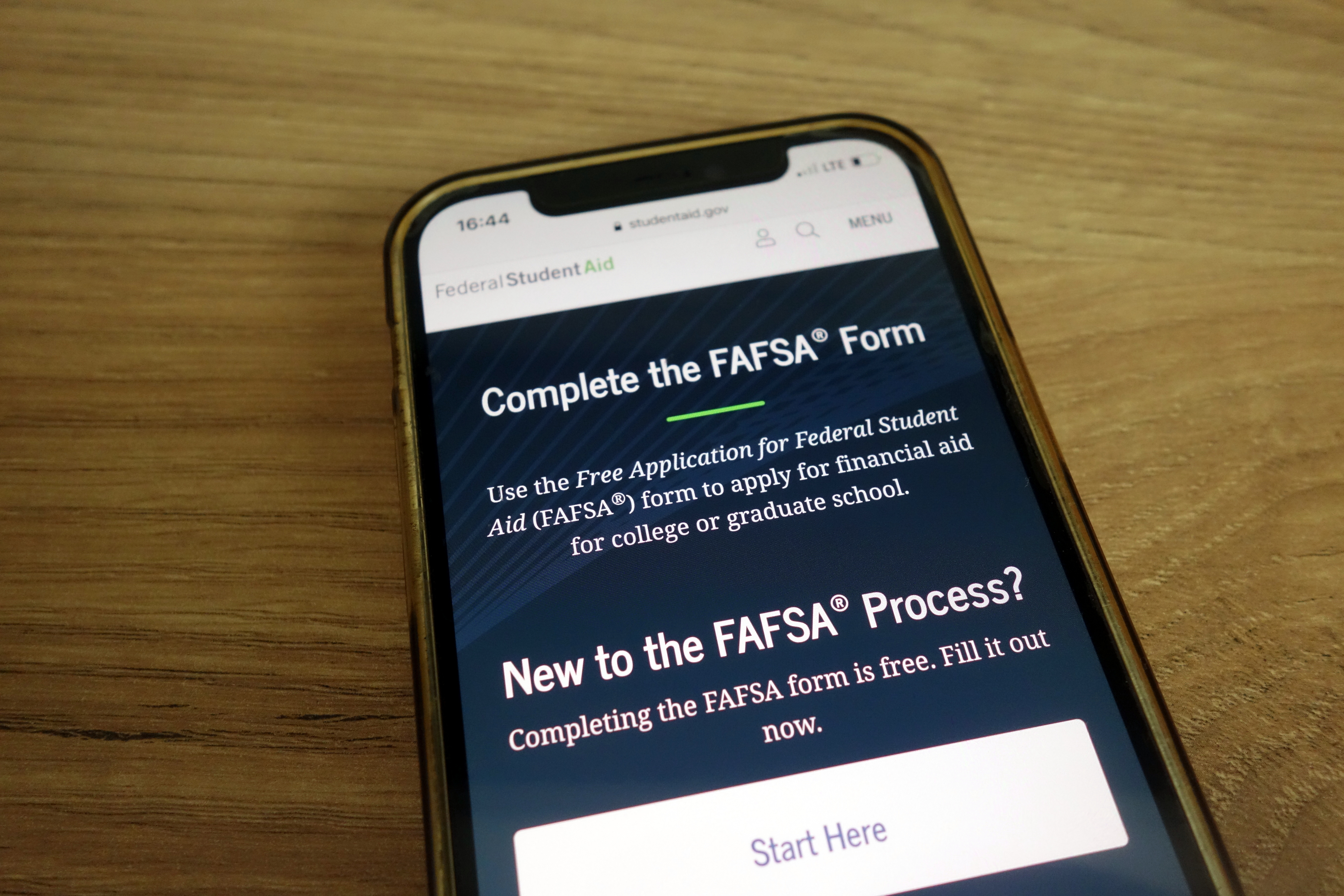For many families, financial aid programs help make higher education attainable. The first step in applying for aid is to complete the Free Application for Federal Student Aid (FAFSA). It is used to determine the student’s eligibility for federal aid programs, such as grants, work-study options, and loans. Schools also use the FAFSA to assess whether additional aid is available from the applicant’s state of residence and from the school itself.
The purpose of financial aid is to help bridge the gap between the cost of attending college and the amount that students and their parents can afford to pay. Unfortunately, many students forgo applying for financial aid because they assume they won’t qualify. Don’t let these common myths dissuade you from applying for financial assistance or lead you astray during the application process.






